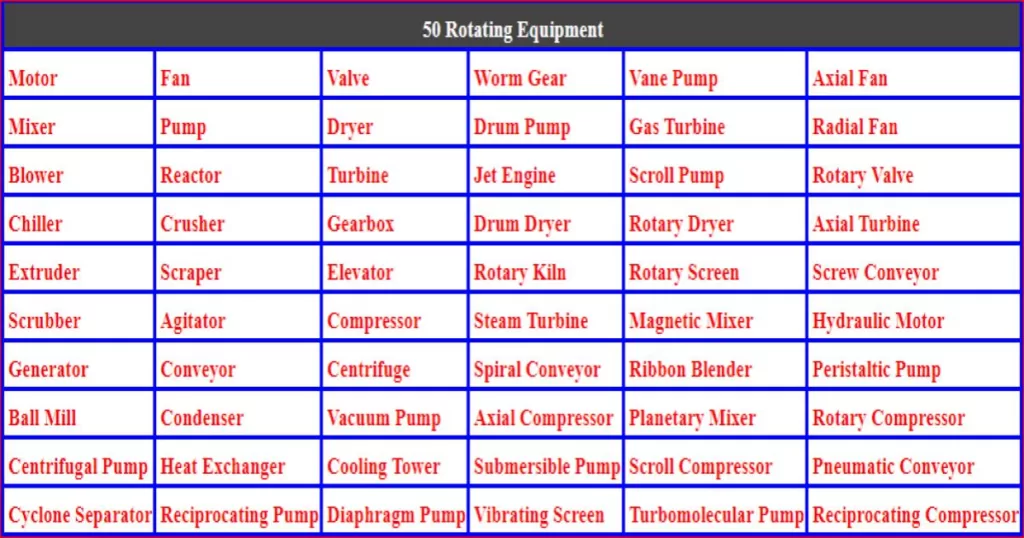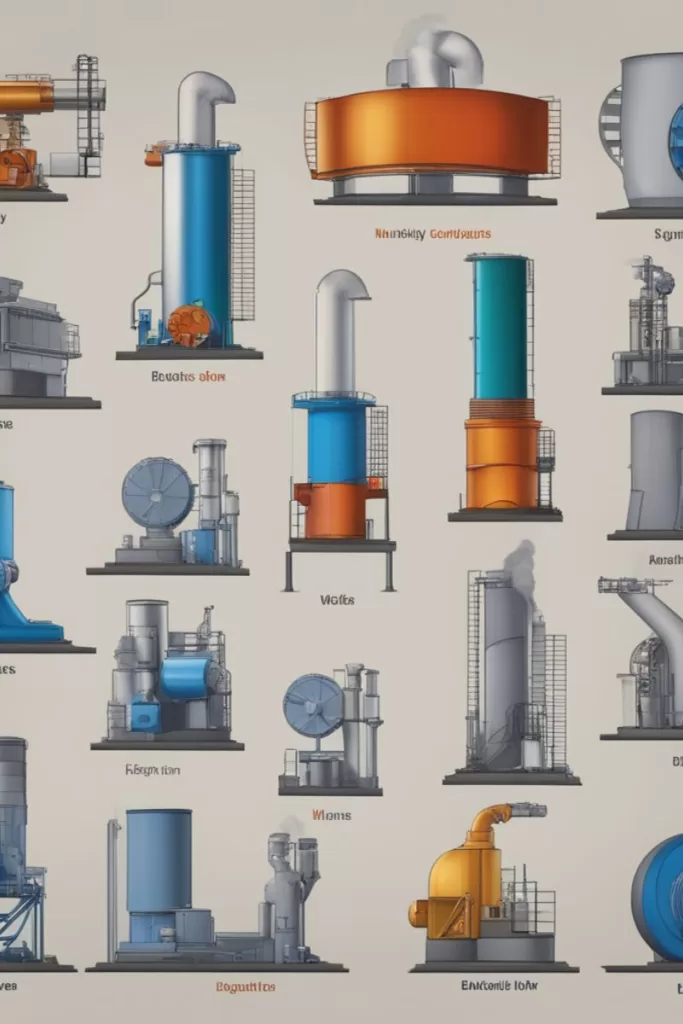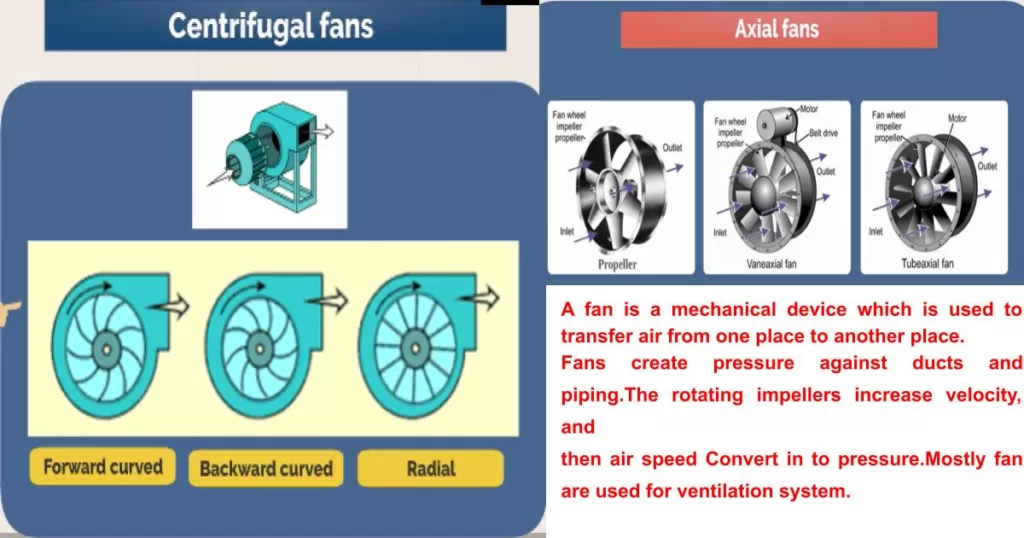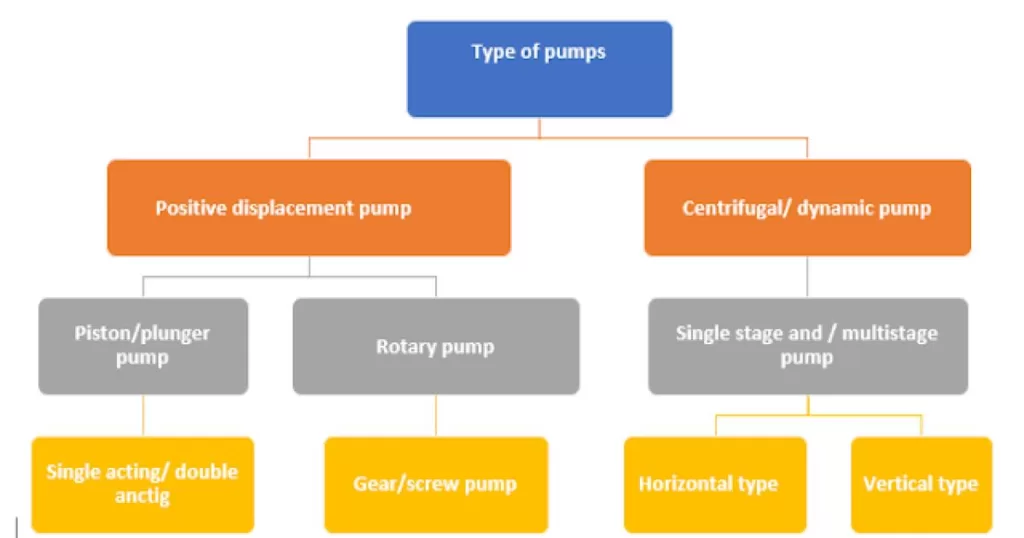Maintenance Strategy: A Comprehensive Guide
Are you struggling to find the right maintenance strategy for your organization? In today’s fast-paced business environment, choosing the right approach to maintenance is crucial for maximizing operational efficiency and minimizing costs. This comprehensive guide will walk you through the different maintenance strategies available and help you determine which one is best suited for your specific needs.
Whether you’re in manufacturing, construction, or any other industry, selecting the right maintenance strategy can have a significant impact on your bottom line. From reactive maintenance, preventive maintenance, and predictive maintenance to condition-based maintenance and reliability-centered maintenance, this guide will provide you with in-depth insights into each strategy, including their pros and cons.
Moreover, we will explore the factors that should influence your decision-making process, such as the criticality of your equipment, your budget, and your organizational goals. By the end of this guide, you will have the knowledge and tools necessary to make an informed decision and implement the maintenance strategy that will optimize your operations and deliver long-term success.
Different types of maintenance strategies
Reactive maintenance
Reactive maintenance, also known as run-to-failure or breakdown maintenance, is a strategy where maintenance activities are performed only when equipment has already failed. This approach may seem cost-effective in the short term as it requires minimal planning and resources. However, it can lead to prolonged downtime, increased repair costs, and potential safety hazards. Reactive maintenance is suitable for non-critical assets or situations where the consequences of failure are negligible.
Preventive maintenance
Preventive maintenance involves performing regular inspections, servicing, and repairs on equipment at predetermined intervals. This strategy aims to prevent equipment failure and extend its lifespan by addressing potential issues before they escalate. By following a schedule and performing maintenance tasks such as lubrication, calibration, and component replacement, preventive maintenance helps minimize unexpected breakdowns and optimize equipment performance. However, it can be time-consuming and may result in unnecessary maintenance if intervals are not properly adjusted based on actual equipment conditions.
Predictive maintenance
Predictive maintenance utilizes advanced technologies and data analysis to predict when equipment is likely to fail and perform maintenance accordingly. By monitoring equipment performance, collecting real-time data, and applying algorithms, organizations can detect early warning signs of potential failures and schedule maintenance activities proactively. This approach minimizes downtime, reduces maintenance costs, and optimizes asset utilization. However, predictive maintenance requires an investment in technologies, data collection systems, and skilled personnel to analyze and interpret the data accurately.
Condition-based maintenance
Condition-based maintenance relies on monitoring specific parameters or indicators to determine when maintenance should be performed. This strategy involves regular inspections and measurements to assess the condition of equipment and identify potential issues. By analyzing data collected from sensors, meters, or visual inspections, organizations can make informed decisions about maintenance needs. Condition-based maintenance is cost-effective as it focuses on addressing actual equipment conditions rather than performing maintenance based on predetermined schedules. However, it requires continuous monitoring and accurate interpretation of data to be effective.
Reliability-centered maintenance
Reliability-centered maintenance (RCM) is a proactive strategy that focuses on identifying and addressing potential failure modes that could cause significant consequences for equipment, operations, or safety. RCM involves analyzing equipment functions, failure modes, and consequences to determine the most appropriate maintenance tasks. This strategy aims to optimize maintenance efforts by prioritizing tasks based on the criticality of equipment and potential consequences of failure. RCM requires a thorough understanding of equipment reliability and a structured approach to determine the optimal maintenance plan.
Understand Your Assets:
- Identify and list all the critical assets and equipment in your system or facility.
- Assess the criticality of each asset to the overall operation.
Conduct a Failure Modes and Effects Analysis (FMEA):
- Identify potential failure modes for each critical asset.
- Evaluate the consequences of each failure mode in terms of safety, environmental impact, and operational disruption.
Determine Maintenance Costs:
- Estimate the costs associated with each maintenance strategy for each critical asset.
- Consider direct costs (labor, materials) and indirect costs (downtime, production losses).
Evaluate Consequences of Failure:
- Quantify the consequences of equipment failure in terms of safety, environmental impact, and operational disruption.
- Consider the potential impact on production, customer satisfaction, and regulatory compliance.
Assess Asset Reliability and Criticality:
- Prioritize assets based on their criticality and reliability.
- Consider factors such as the age of the equipment, historical failure data, and the consequences of failure.
Select Maintenance Strategies:
Reactive Maintenance:
-
- Suitable for non-critical assets with low consequences of failure.
- When the cost of implementing proactive strategies outweighs the cost of occasional breakdowns.
Preventive Maintenance:
-
-
- Suitable for assets with known failure modes that can be addressed through scheduled maintenance.
- When the cost of preventive actions is justified by the benefits of increased reliability and reduced downtime.
-
Predictive Maintenance:
-
- Suitable for assets with identifiable failure patterns that can be predicted using condition monitoring.
- When the cost of implementing monitoring systems is justified by the potential cost savings and increased reliability.
Condition-Based Maintenance:
-
- Suitable for assets where maintenance can be performed based on real-time condition assessments.
- When continuous monitoring is feasible and provides cost-effective maintenance solutions.
Reliability-Centered Maintenance (RCM):
-
- Suitable for complex systems with multiple components and failure modes.
- When a systematic approach to optimize maintenance efforts is needed.
7. Calculate Return on Investment (ROI):
- Compare the estimated costs and benefits of each maintenance strategy.
- Calculate the ROI for each strategy based on the expected reduction in downtime, increased reliability, and overall cost savings.
8. Implement a Combined Approach:
- Consider implementing a combination of maintenance strategies based on the criticality and specific requirements of each asset.
- Use a risk-based approach to tailor maintenance strategies to the unique characteristics of each asset.
9. Continuous Improvement:
- Regularly review and update your maintenance strategy based on changing operational conditions, technology advancements, and new data.
Implementing and managing your chosen maintenance strategy
When choosing a maintenance strategy for your organization, several factors should influence your decision-making process. By carefully considering these factors, you can ensure that the chosen strategy aligns with your organizational goals and maximizes the value of your maintenance efforts.
- Criticality of Equipment: Assess the criticality of your equipment and systems to determine the level of maintenance required. Critical assets may require more proactive strategies, such as predictive or condition-based maintenance, while less critical assets may be adequately maintained through reactive or preventive approaches.
- Budget and Resources: Consider your budget and available resources when selecting a maintenance strategy. Some strategies, such as predictive maintenance, require significant upfront investments in technology and infrastructure. Ensure that the chosen strategy aligns with your financial capabilities and resource availability.
- Operational Impact: Evaluate the potential impact of each maintenance strategy on your operations. Some strategies, such as condition-based maintenance, may require more frequent inspections or monitoring activities, which can disrupt production or service delivery. Consider the trade-offs between maintenance activities and operational efficiency.
- Organizational Culture: Take into account your organization’s culture and readiness for change. Implementing a new maintenance strategy often requires a shift in mindset and work practices. Ensure that your organization is prepared to embrace the new strategy and provide the necessary training and support to your employees.
- Data Availability and Quality: Assess the availability and quality of data necessary for each maintenance strategy. Predictive maintenance and condition-based maintenance rely heavily on accurate and reliable data. If your organization lacks the necessary data infrastructure, it may be challenging to implement these strategies effectively.
- Regulatory Requirements: Consider any regulatory requirements or industry standards that may impact your maintenance strategy. Some industries have specific regulations regarding maintenance practices and inspections. Ensure that your chosen strategy complies with all relevant regulations and standards.
By carefully evaluating these factors, you can make an informed decision and select a maintenance strategy that best suits your organization’s needs and goals.
The importance of choosing the right maintenance strategy
Choosing the right maintenance strategy is crucial for the efficient and effective operation of any system or facility. Each maintenance approach has its own set of advantages and disadvantages. Let’s discuss the pros and cons of five common maintenance strategies:
Reactive maintenance: Pros and cons
Pros:
- Cost: Reactive maintenance tends to be initially less expensive, as you only address issues when they arise.
- Simplicity: It’s straightforward and requires minimal planning in advance.
Cons:
- Downtime: Unplanned downtime can be costly and disruptive.
- Higher Costs in the Long Run: Frequent breakdowns and repairs may result in higher long-term maintenance costs.
- Risk of Catastrophic Failure: There is a risk of allowing equipment to fail completely, leading to more extensive damage.
Preventive maintenance: Pros and cons
Pros:
- Increased Equipment Lifespan: Regular maintenance can extend the life of equipment.
- Scheduled Downtime: Downtime is planned and can be scheduled during non-critical periods.
- Lower Risk of Major Failures: Regular checks help identify and address potential issues before they become serious.
Cons:
- Cost: It can be costly to perform maintenance activities at regular intervals, even if equipment doesn’t need it.
- Downtime: Scheduled downtime can still be disruptive, especially if it coincides with critical operational periods.
Predictive maintenance: Pros and cons
Pros:
- Cost Savings: By predicting when equipment is likely to fail, maintenance can be performed only when necessary.
- Reduced Downtime: Minimizes unplanned downtime by addressing issues before they cause failures.
- Increased Equipment Reliability: Helps ensure that maintenance activities are performed when needed.
Cons:
- Implementation Cost: Initial setup costs for sensors and monitoring equipment can be high.
- Complexity: Requires advanced data analysis and monitoring systems.
- False Positives/Negatives: Predictions may not always be accurate, leading to unnecessary maintenance or overlooking potential issues.
Condition-based maintenance: Pros and cons
Pros:
- Cost Efficiency: Maintenance is performed based on the actual condition of equipment, optimizing costs.
- Increased Reliability: Ensures that maintenance is performed when needed, reducing the risk of failures.
- Real-time Monitoring: Allows for real-time monitoring of equipment conditions.
Cons:
- Initial Investment: Similar to predictive maintenance, there may be an initial cost for implementing monitoring systems.
- Complexity: Requires advanced technology for continuous monitoring.
- Training: Personnel may require training to interpret and act on monitoring data effectively.




